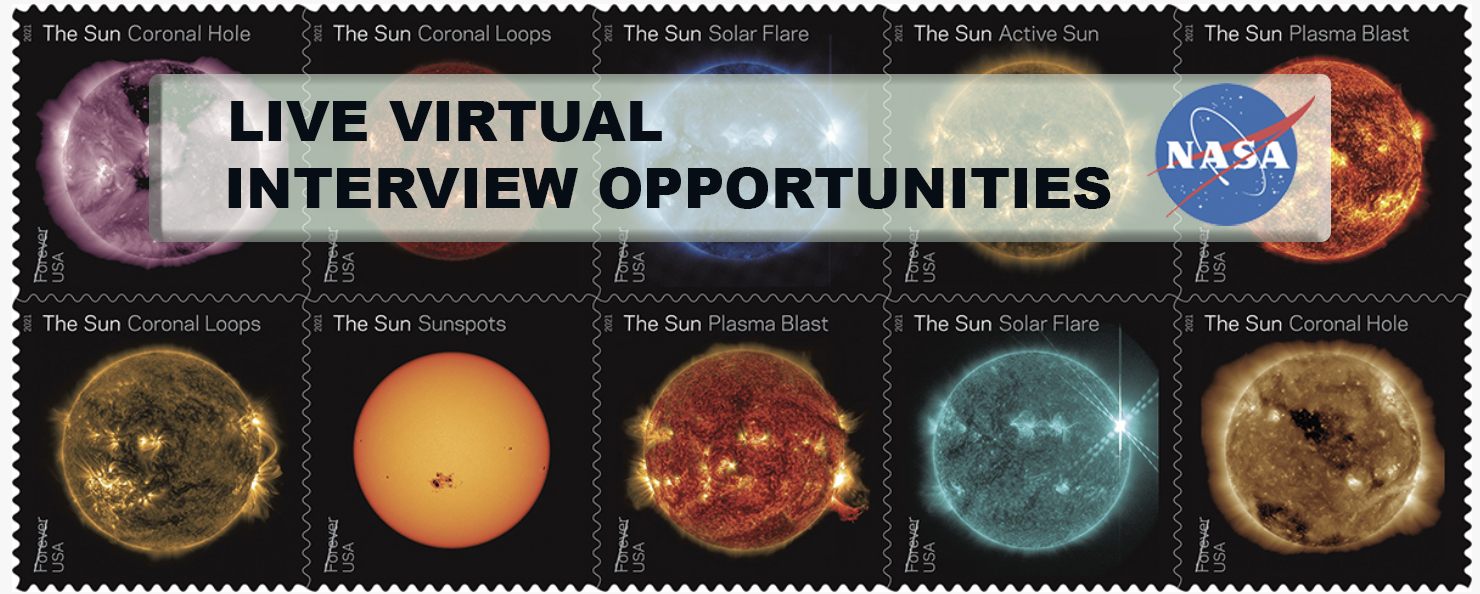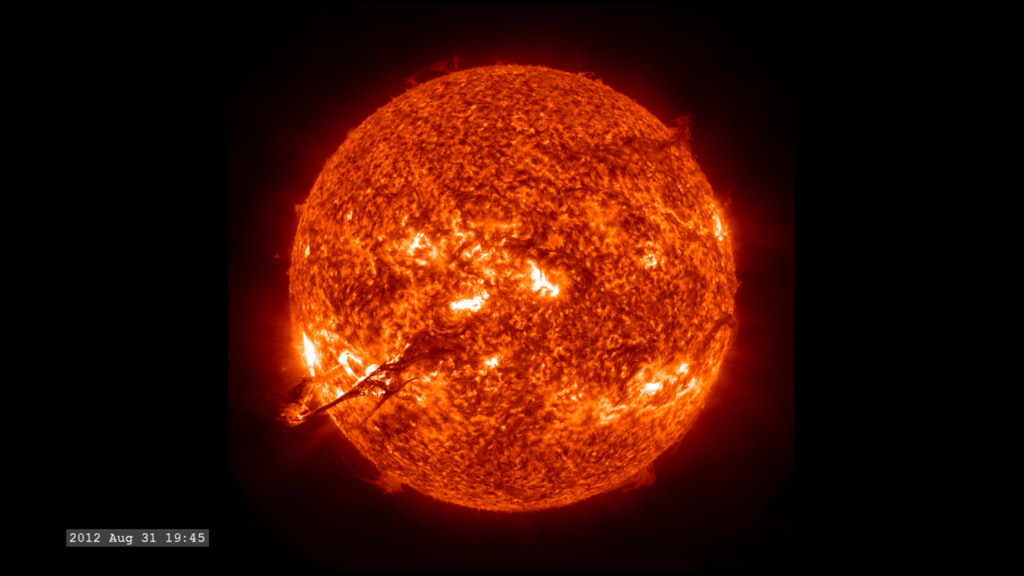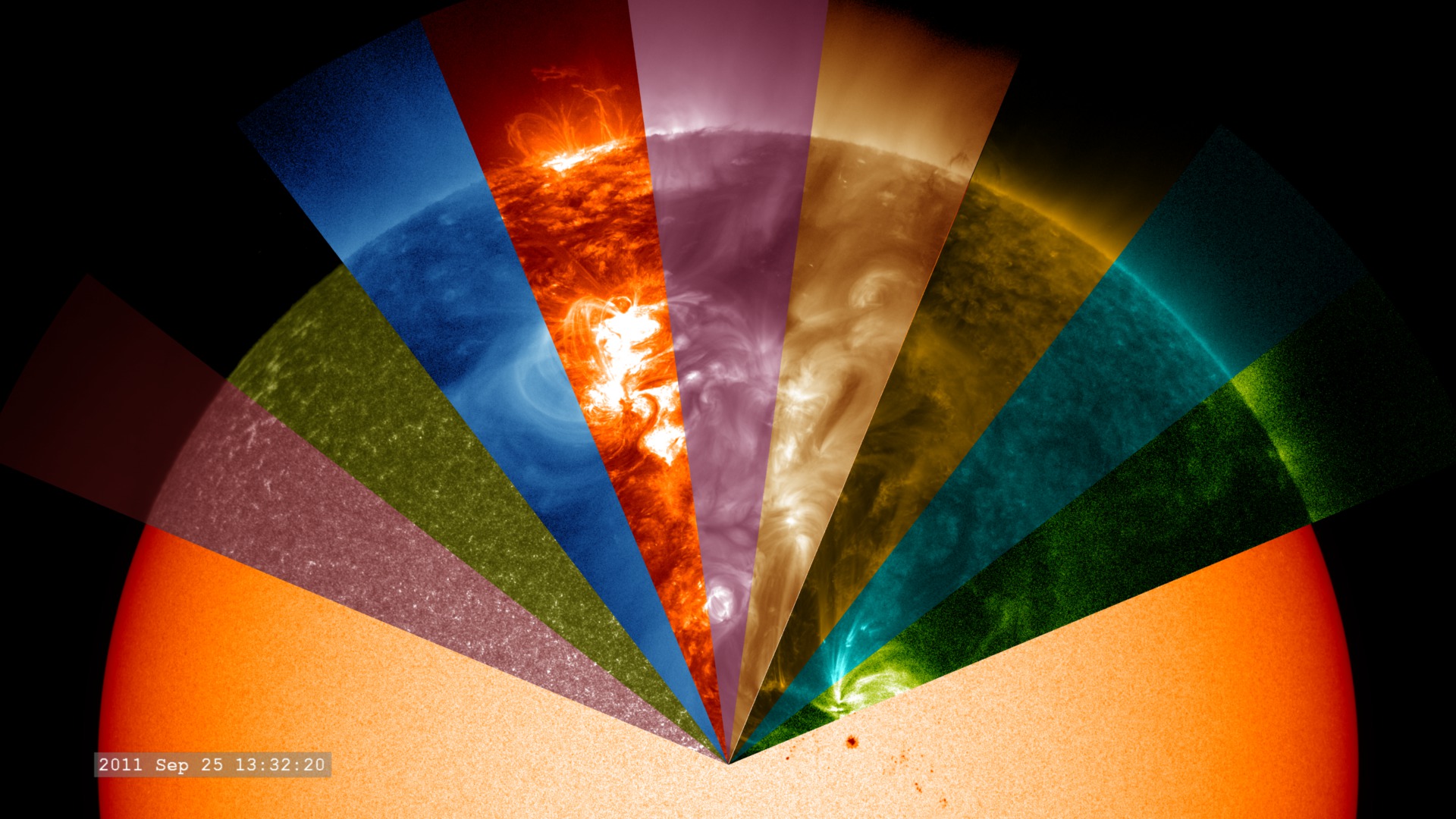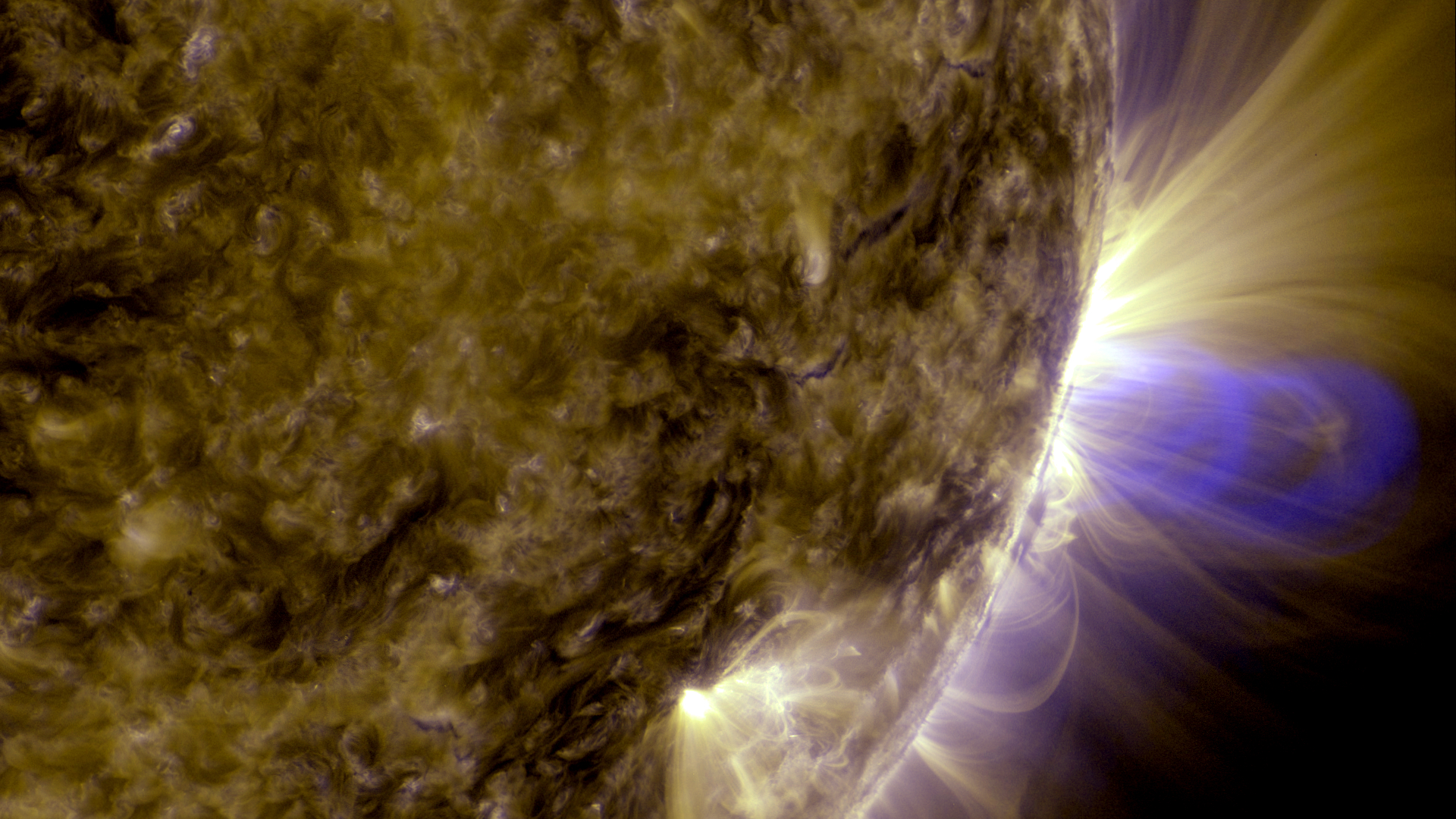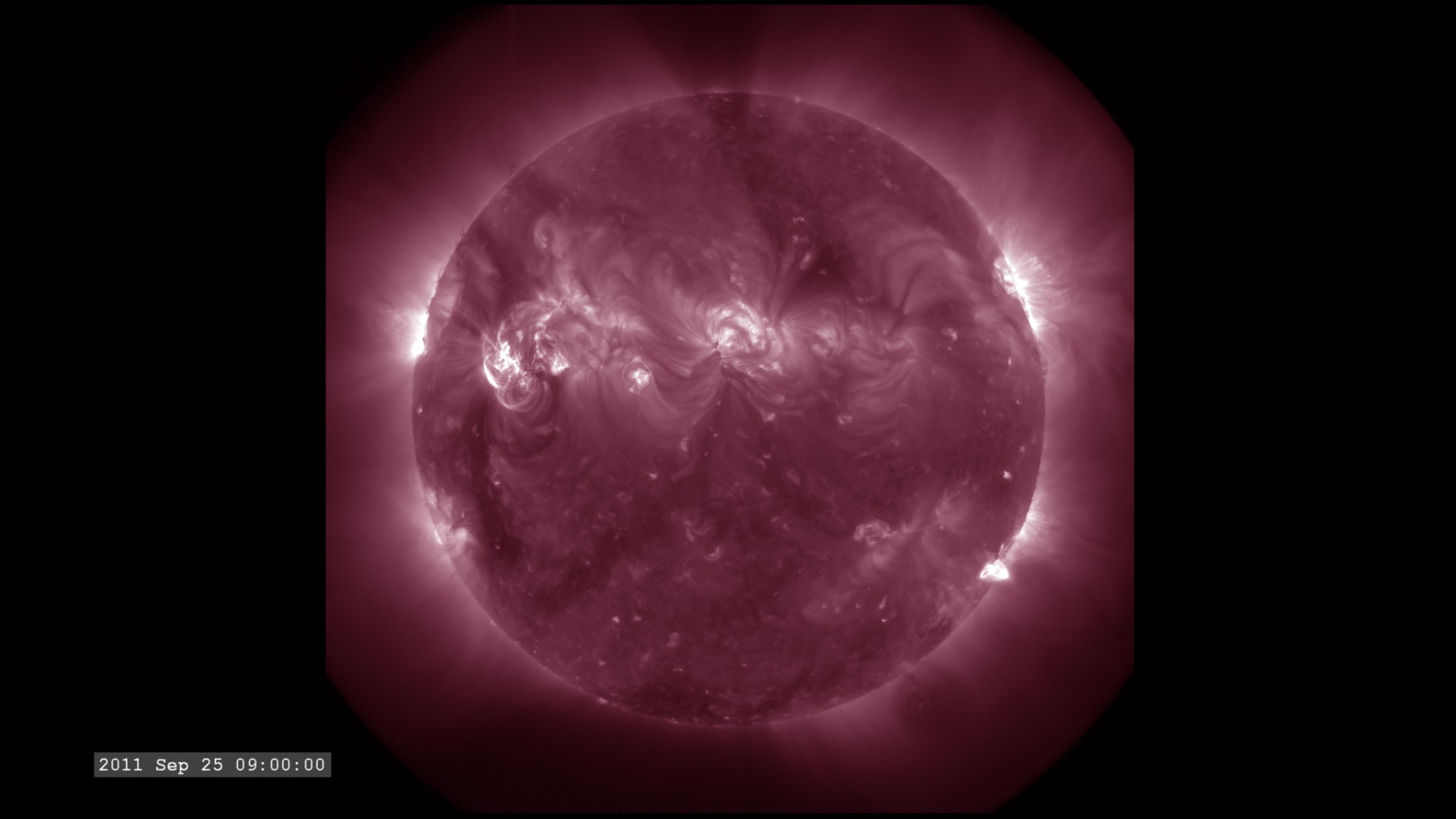Why Does NASA Observe The Sun in Different Colors?
The Solar Dynamics Observatory, or SDO, was launched on Feb. 11, 2010, and began collecting science data a few months later. With two imaging instruments – the Atmospheric Imaging Assembly and the Helioseismic and Magnetic Imager, which were designed in concert to provide complementary views of the Sun – SDO sees the Sun in more than 10 distinct wavelengths of light, showing solar material at different temperatures. SDO also measures the Sun’s magnetic field and the motion of solar material at its surface, and, using a technique called helioseismology, allows scientists to probe deep into the Sun's interior, where the Sun’s complex magnetic fields sprout from. And with more than a decade of observation under its belt, SDO has provided scientists with hundreds of millions of images of our star.
Music credits: “Swirling Blizzard” and “Endless Swirl” by Laurent Dury [SACEM] from Universal Production Music
Watch this video on the NASA Goddard YouTube channel.
Complete transcript available.
For More Information
Credits
Please give credit for this item to:
NASA's Goddard Space Flight Center
-
Producer
- Joy Ng (KBR Wyle Services, LLC)
-
Scientists
- William D. Pesnell (NASA/GSFC)
- C. Alex Young (NASA/GSFC)
-
Support
- Mara Johnson-Groh (Wyle Information Systems)
Series
This page can be found in the following series:Release date
This page was originally published on Friday, June 18, 2021.
This page was last updated on Wednesday, May 3, 2023 at 1:44 PM EDT.


